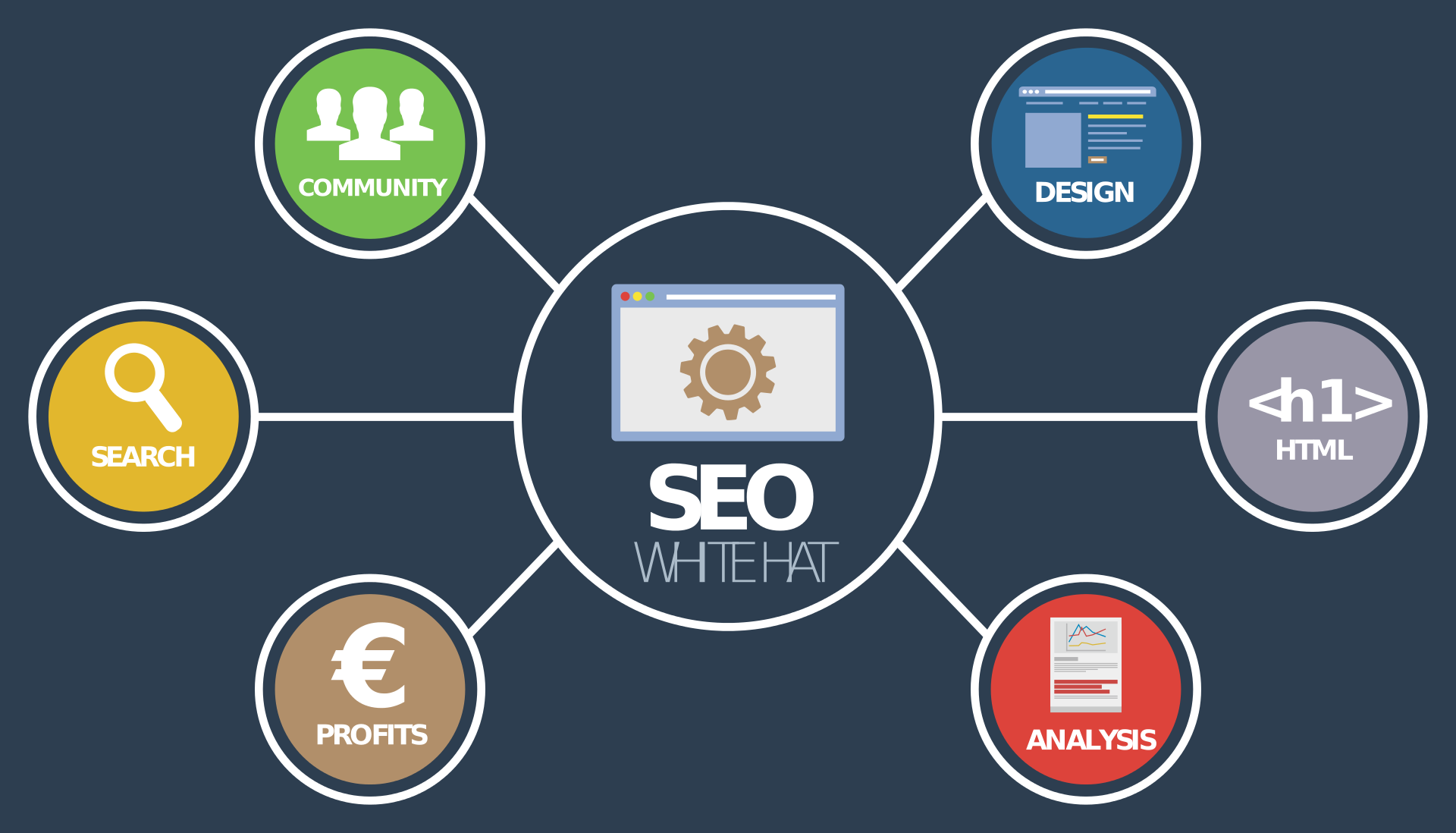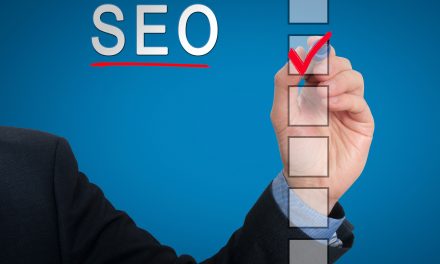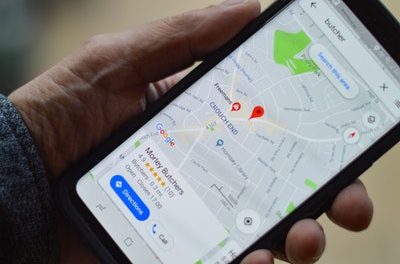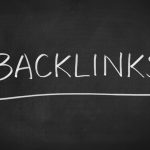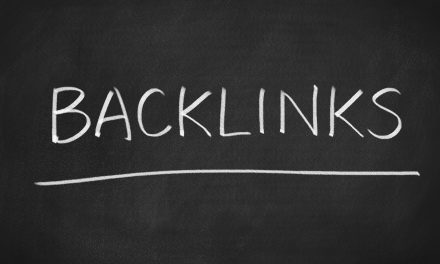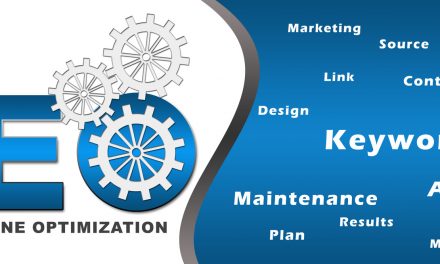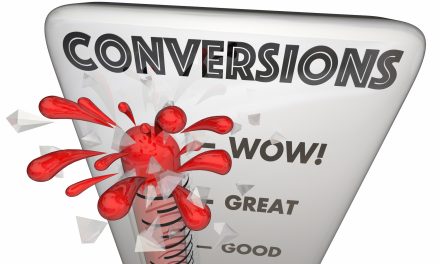
The On Page SEO Checklist Everyone Should Be Using
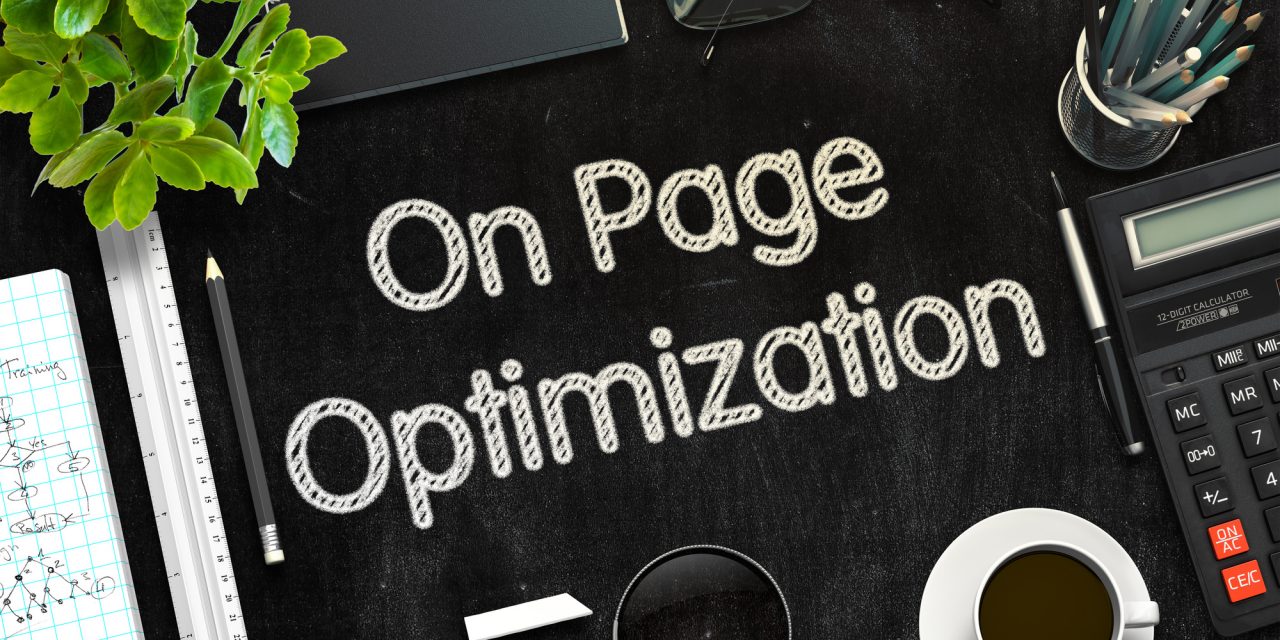
Google handles more than three billion searches a day. That’s more than 40,000 searches every second. And Google isn’t the only search engine generating content for users.
If you want to rank among these billions of searches, you need to make sure your on-site SEO is effective. Each page on your website has its own ranking points to consider.
Are you sure your web pages are optimized for search engines? Compare your current practices against our on-page SEO checklist to make sure your pages are ranking as they should.
What is On-Page SEO
Chances are, you’ve heard the term search engine optimization. This is about making sure your website can rank on the search engines. On-page SEO is the same thing for individual web pages.
On-page SEO is optimizing your individual web pages to rank higher. It’s also about getting the most relevant traffic to your pages. Relevancy is just as important as ranking when seeking leads.
Fifteen percent of marketers say SEO practices increase their lead conversion significantly. That’s because effective SEO connects you to the leads that want the products or services your offering.
Your On-Page SEO Checklist
Fifty-one percent of website traffic comes from organic searches. Most people will only look at the first page of search results though. If you want to reach your target audience, you need to make sure your on-page content is relevant to what those people will search for.
On-site SEO involves optimizing your HTML code and optimizing your content. The code helps search engine crawlers to read your site. The content helps leads determine relevancy.
Code Optimization
Code optimization is about how the crawlers read your site. One aspect of this is to include a site map that includes your URL. This makes it easier for search engines to jump around on your pages.
SSL Certificate
An important factor to code optimization that people often ignore is security. If your site has an SSL certificate so search engines know your site is secure. If your site is secure you’ll see HTTPS in the URL as opposed to HTTP.
Site Speed
You also need to ensure your pages load quickly. Optimize all media to load easily, even with mobile devices. If your site speed is off, people will not stay to see what content you have to offer.
Mobile Optimization
Your site needs optimization for mobile devices. Check to make sure mobile devices can load the same info that computers load when people pull up your page.
Meta Tags
Meta tags describe your content to search engines and visitors. These are the HTML codes that add descriptors around text. You want to make sure these meta tags are set to allow search engine crawlers to read the info on your site.
There are a couple of meta tags you should pay attention to.
- Page Title — Every page needs a title with keywords that describe what the page is about.
- Meta description — This describes your page to searchers. It’s a short blurb that makes people want to click on your page out of all the search results.
- Meta content type — This sets the tone for the page. It also affects how your page looks in a browser.
Make sure your tags are clean and easy to follow. Make sure crawlers can read these tags so you can rank for your pages.
Content Optimization
Content optimization is about making sure you have relevant information for your visitors. You want to make sure the people that visit your site are actually interested in the content you share. You also want to make sure the content provides valuable information that will keep them coming back.
Content Organization
You want to make sure the most important information is at the top of the page. Important keywords need to appear early on in your content, with other relevant keywords sprinkled throughout.
You want to include keywords strategically throughout your content, but you don’t want to over-stuff the keywords. Share the important keywords in the title, at least one header, in the first 100 words, and in the conclusion. Sprinkle other keywords in other headers and throughout the content.
Internal Links
To show the relevancy of your content, you should include internal links. These internal links should attach to relevant keyword anchor texts.
If you want to rank for a keyword, make sure you link that keyword in your text to other relevant pages using the word(s) as anchor text to those links.
Multiple Forms of Media
Does your page have images or videos? Your page should have multiple types of content so people can choose the type that appeals to them. Images and videos also help break up large blocks of text.
You should also include alt text in images. These are short descriptions of the image embedded within the image. This helps search engines rank these images as part of your content.
Call to Action
Each page on your website needs one clear call to action. This tells people what you want them to do with the information you share.
Make sure the call to action is easy to understand. Also, make sure you only include one per page to cut down on confusion.
Optimize Titles and Headers
You want a title that uses important keywords and gives a good indication of what the page is about. You also want short, clear titles that don’t lose interest.
You also need to take advantage of headers. Headers break up big blocks of text. They also allow you to add relevant keywords.
Optimize for Intent
You want to share high-quality content. You want to make sure the content is relevant to what people are searching for.
Take a look at what shows up when you search your keywords. You should incorporate other relevant terms. You should also include some of the media types that show up most often with your search.
You also need to update old content. Add new developments and clean up old terms or keywords. Include frequently asked questions into your content.
You can also include a summary of your content. This helps search engines find the relevant info. This also helps leads to know what to expect.
SEO Strategies
This on-page SEO checklist is a good start for optimizing your web pages. This will help you make websites that people want to check out.
There are other strategies to help you improve SEO across the internet. If you’d like to learn more about the best SEO strategies, check out the SEO tips and tricks on our SEO strategies page.
Google handles more than three billion searches a day. That’s more than 40,000 searches every second. And Google isn’t the only search engine generating content for users.
If you want to rank among these billions of searches, you need to make sure your on-site SEO is effective. Each page on your website has its own ranking points to consider.
Are you sure your web pages are optimized for search engines? Compare your current practices against our on-page SEO checklist to make sure your pages are ranking as they should.
What is On-Page SEO
Chances are, you’ve heard the term search engine optimization. This is about making sure your website can rank on the search engines. On-page SEO is the same thing for individual web pages.
On-page SEO is optimizing your individual web pages to rank higher. It’s also about getting the most relevant traffic to your pages. Relevancy is just as important as ranking when seeking leads.
Fifteen percent of marketers say SEO practices increase their lead conversion significantly. That’s because effective SEO connects you to the leads that want the products or services your offering.
Your On-Page SEO Checklist
Fifty-one percent of website traffic comes from organic searches. Most people will only look at the first page of search results though. If you want to reach your target audience, you need to make sure your on-page content is relevant to what those people will search for.
On-site SEO involves optimizing your HTML code and optimizing your content. The code helps search engine crawlers to read your site. The content helps leads determine relevancy.
Code Optimization
Code optimization is about how the crawlers read your site. One aspect of this is to include a site map that includes your URL. This makes it easier for search engines to jump around on your pages.
SSL Certificate
An important factor to code optimization that people often ignore is security. If your site has an SSL certificate so search engines know your site is secure. If your site is secure you’ll see HTTPS in the URL as opposed to HTTP.
Site Speed
You also need to ensure your pages load quickly. Optimize all media to load easily, even with mobile devices. If your site speed is off, people will not stay to see what content you have to offer.
Mobile Optimization
Your site needs optimization for mobile devices. Check to make sure mobile devices can load the same info that computers load when people pull up your page.
Meta Tags
Meta tags describe your content to search engines and visitors. These are the HTML codes that add descriptors around text. You want to make sure these meta tags are set to allow search engine crawlers to read the info on your site.
There are a couple of meta tags you should pay attention to.
- Page Title — Every page needs a title with keywords that describe what the page is about.
- Meta description — This describes your page to searchers. It’s a short blurb that makes people want to click on your page out of all the search results.
- Meta content type — This sets the tone for the page. It also affects how your page looks in a browser.
Make sure your tags are clean and easy to follow. Make sure crawlers can read these tags so you can rank for your pages.
Content Optimization
Content optimization is about making sure you have relevant information for your visitors. You want to make sure the people that visit your site are actually interested in the content you share. You also want to make sure the content provides valuable information that will keep them coming back.
Content Organization
You want to make sure the most important information is at the top of the page. Important keywords need to appear early on in your content, with other relevant keywords sprinkled throughout.
You want to include keywords strategically throughout your content, but you don’t want to over-stuff the keywords. Share the important keywords in the title, at least one header, in the first 100 words, and in the conclusion. Sprinkle other keywords in other headers and throughout the content.
Internal Links
To show the relevancy of your content, you should include internal links. These internal links should attach to relevant keyword anchor texts.
If you want to rank for a keyword, make sure you link that keyword in your text to other relevant pages using the word(s) as anchor text to those links.
Multiple Forms of Media
Does your page have images or videos? Your page should have multiple types of content so people can choose the type that appeals to them. Images and videos also help break up large blocks of text.
You should also include alt text in images. These are short descriptions of the image embedded within the image. This helps search engines rank these images as part of your content.
Call to Action
Each page on your website needs one clear call to action. This tells people what you want them to do with the information you share.
Make sure the call to action is easy to understand. Also, make sure you only include one per page to cut down on confusion.
Optimize Titles and Headers
You want a title that uses important keywords and gives a good indication of what the page is about. You also want short, clear titles that don’t lose interest.
You also need to take advantage of headers. Headers break up big blocks of text. They also allow you to add relevant keywords.
Optimize for Intent
You want to share high-quality content. You want to make sure the content is relevant to what people are searching for.
Take a look at what shows up when you search your keywords. You should incorporate other relevant terms. You should also include some of the media types that show up most often with your search.
You also need to update old content. Add new developments and clean up old terms or keywords. Include frequently asked questions into your content.
You can also include a summary of your content. This helps search engines find the relevant info. This also helps leads to know what to expect.
SEO Strategies
This on-page SEO checklist is a good start for optimizing your web pages. This will help you make websites that people want to check out.
There are other strategies to help you improve SEO across the internet. If you’d like to learn more about the best SEO strategies, check out the SEO tips and tricks on our SEO strategies page.



